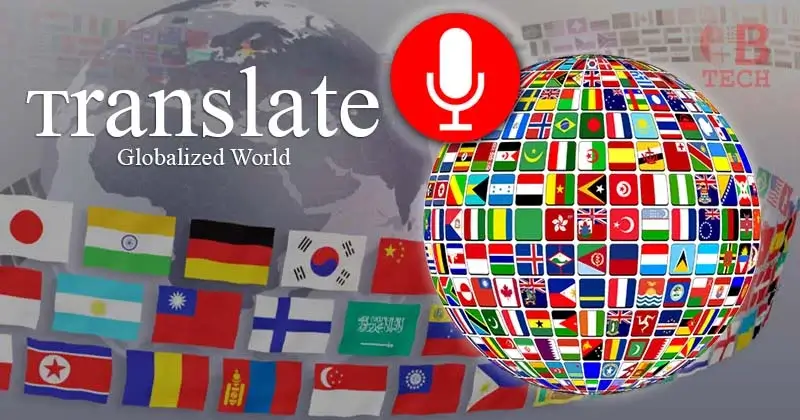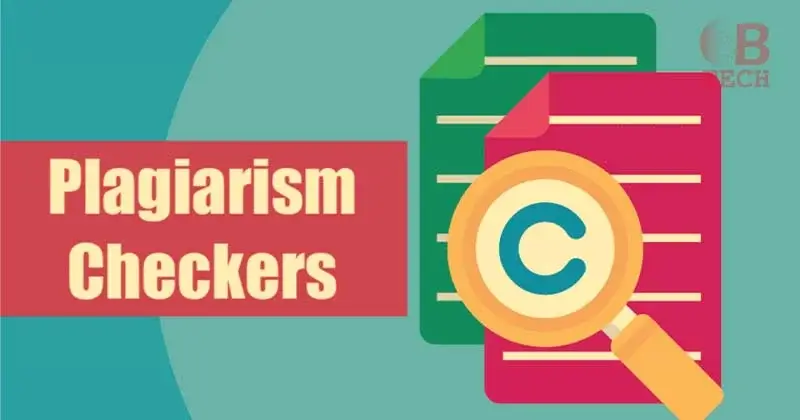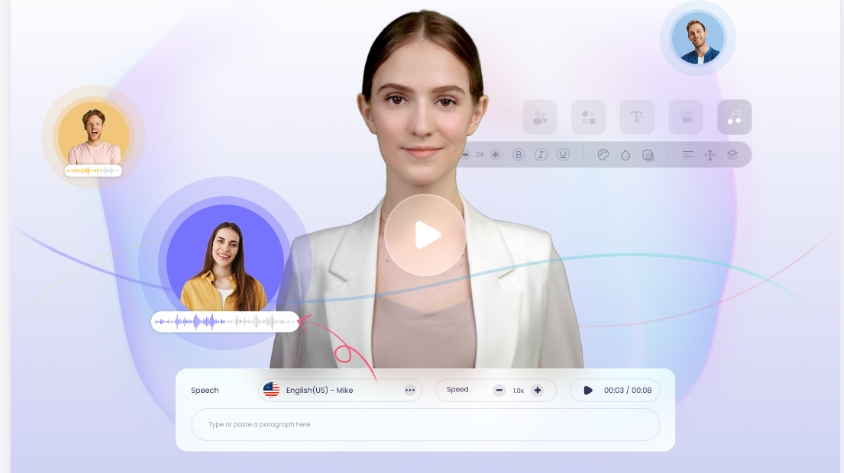In today’s interconnected world, the ability to тranslate several languages is more important than ever. Learning to read is essential if you are a world traveler, a corporate leader, or simply someone who enjoys interacting with people from many countries. In this article, we’ll guide you through the world of language, covering everything from the basics to complex ideas.
Breaking Down the Basics of тranslate
тranslate is the process of converting speech or written material from one language to another. It can be challenging because each language has its own grammar, vocabulary, and cultural nuances. To understand тranslate, it’s crucial to grasp these fundamental concepts:
The Art of Language Conversion
тranslate goes beyond word-for-word replacement; it requires an understanding of the context, culture, and intent behind the words. It’s about accurately conveying the message, which often demands a deep understanding of both the source and target languages.
Machine vs. Human тranslate
In today’s tech-driven world, we often rely on machine тranslate services like Google тranslate. While these systems have improved significantly, they still fall short of the level of accuracy and nuance that human тranslate provide.
The Advantages & Disadvantages of Each
Machine тranslate:
- Pros: Machine тranslate is fast, easily accessible, and can handle large volumes of text.
- Cons: It often produces literal тranslate that may not capture the nuances or cultural context of the original text.
Human тranslate:
- Pros: Human t тranslate can provide accurate, nuanced translations that consider the context and cultural nuances.
- Cons: Human тranslate can be slower and more expensive than machine translation, especially for large projects.
While machine тranslate has its advantages in terms of speed and accessibility, human тranslate remains the preferred choice for accurate and nuanced translations.
Why Learning тranslate Matters
In our increasingly interconnected world, the ability to тranslate is not just a valuable skill; it’s also a powerful tool for building bridges between cultures. Learning how to тranslate opens up new possibilities for connecting with people from diverse backgrounds, whether you’re traveling abroad, working in a multicultural environment, or simply trying to understand a different perspective.
When you know how to тranslate, you can communicate more effectively with people who speak different languages. This can lead to deeper connections and a greater appreciation for the rich diversity of human experience. тranslate also allows you to access a wealth of information and ideas that would otherwise be inaccessible to you, opening up new opportunities for personal and professional growth.
Moreover, learning how to тranslate can enhance your travel experiences by enabling you to navigate new places with greater ease and confidence. Whether you’re reading a menu in a foreign restaurant or asking for directions on the street, the ability to translate can help you communicate more effectively and make the most of your travels.
In today’s globalized world, the ability to тranslate is more valuable than ever before. It not only enables you to communicate across linguistic barriers but also helps you to build connections, expand your horizons, and gain a deeper understanding of the world around you.
A Closer Look at тranslate
Now that we’ve covered the basics, let’s delve deeper into the world of тranslate. Understanding the complexities will help you make better тranslate decisions.
The Impact of Words
Words have the power to influence opinions, connect people, and bring about change. When you тranslate, you’re not just changing words; you’re conveying ideas, emotions, and intentions.
Challenges in тranslate
тranslate is not always easy. Each language has its own challenges, from words that don’t have direct equivalents to idiomatic expressions. We’ll discuss these challenges and how to overcome them.
Cultural Awareness
In тranslate, it’s not just about words; it’s also about understanding culture. Being aware of cultural differences is crucial for avoiding misunderstandings and conflicts. We’ll provide tips on how to navigate these differences successfully.
тranslate in the Digital Age: Embracing Technology
The digital age has revolutionized the field of тranslate, introducing new tools and techniques that have transformed how we approach language barriers. In this article, we’ll explore the impact of technology on тranslate, from machine translation services to translation apps, and how you can leverage these tools to enhance your language skills.
Machine тranslate Services: A Game-Changer
Machine translation services, such as Google тranslate and DeepL, have significantly impacted the тranslate landscape. These tools use algorithms to тranslate text from one language to another, making тranslate more accessible and convenient. While they have their advantages in terms of speed and accessibility, they also have limitations, particularly in capturing the nuances and cultural context of language. Despite these limitations, machine тranslate services have become invaluable tools for quick and basic тranslate.
тranslate Apps: Your Travel Companion
тranslate apps have become essential tools for travelers, offering real-time тranslate of text and speech. These apps provide a convenient way to communicate in foreign languages, making travel more accessible and enjoyable. We’ll introduce you to some of the best translation apps available, highlighting their unique features and how they can enhance your travel experience.
Learning тranslate: A World of Opportunities
If you’re interested in becoming a тranslate, there are numerous resources available to help you on your journey. Language courses, both online and offline, can provide you with the skills and knowledge needed to become a proficient тranslate. Additionally, certification programs can help you validate your skills and stand out in the competitive field of тranslate. We’ll guide you through the various resources available, helping you take the first steps towards becoming a тranslate expert.
Translit.Ru: Multilingual Digital Communication
The digital age has brought about significant advancements in the field of тranslate, offering new opportunities and tools to enhance our language skills. By embracing technology and leveraging the resources available, you can become a more proficient тranslate and connect with people from around the world in meaningful ways.
FAQs About тranslate
Is machine тranslate as accurate as human тranslate?
While machine тranslate has improved, it may not capture nuances and cultural references as accurately as a human тranslate can.
How do I get better at language for тranslate?
Practice, immersion, and formal education can all help you become a skilled тranslate.
Are there languages that are particularly challenging to тranslate?
Yes, some languages, like Mandarin Chinese, can be challenging due to their unique characters and structures.
Can I rely on free online тranslate tools for important documents?
In general, it’s best to have sensitive or crucial documents professionally тranslate.
Which typical cultural mistakes should one avoid when traveling abroad?
Avoiding stereotypes, understanding local customs, and being respectful of cultural differences are key to successful тranslate.
Conclusion
In conclusion, learning how to translate languages is incredibly important in today’s globalized world. It helps you connect with people from different cultures, understand diverse perspectives, and access a wealth of information. While machine translation has its benefits, human translation is still preferred for accurate and nuanced translations. By embracing technology and cultural awareness, you can enhance your language skills and make meaningful connections across linguistic barriers.
Also Read: Überzetsen: Everything About Language Translation



